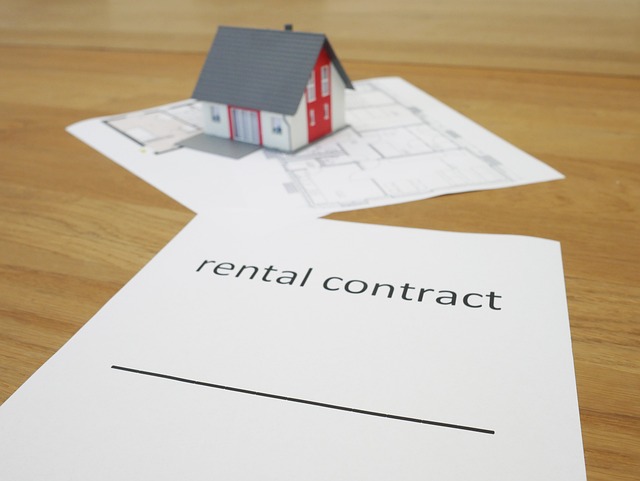Prefabricated Homes: The Future of Modern Construction
Prefabricated homes are revolutionizing the construction industry, offering a blend of efficiency, affordability, and modern design. These innovative structures are built off-site in controlled factory environments and then transported to their final location for assembly. As the demand for sustainable and cost-effective housing solutions grows, prefab homes are becoming an increasingly popular choice for homeowners and developers alike.

How does the construction process differ from traditional building methods?
The construction process for prefabricated homes is fundamentally different from traditional on-site building methods. In a prefab project, the majority of the construction work takes place in a factory setting. This approach offers several advantages:
-
Controlled environment: Factory construction eliminates weather-related delays and ensures consistent quality.
-
Reduced waste: Precise manufacturing processes minimize material waste.
-
Faster completion: Simultaneous site preparation and module construction can significantly reduce overall project timelines.
-
Lower labor costs: Streamlined production processes in factories often require fewer labor hours compared to on-site construction.
Once the modules are completed, they are transported to the building site, where they are assembled and connected to utilities. This final phase of construction is typically much quicker than traditional building methods, often taking just a few days to complete.
What are the benefits of choosing a prefabricated home?
Prefabricated homes offer numerous advantages that make them an attractive option for modern homeowners:
-
Cost-effectiveness: The efficient manufacturing process and reduced on-site labor often result in lower overall costs compared to traditional construction.
-
Shorter construction time: Prefab homes can be completed in a fraction of the time required for site-built houses, allowing homeowners to move in sooner.
-
Consistent quality: Factory-controlled environments ensure higher quality standards and reduce the risk of construction errors.
-
Sustainability: Prefab construction typically generates less waste and can incorporate eco-friendly materials and energy-efficient designs more easily.
-
Flexibility: Many prefab home designs are customizable, allowing homeowners to tailor their living spaces to their specific needs and preferences.
-
Reduced site disturbance: The minimal on-site construction time means less disruption to the surrounding environment and neighborhood.
Are there any drawbacks to prefabricated homes?
While prefabricated homes offer many benefits, there are some potential drawbacks to consider:
-
Transportation limitations: The size and weight of prefab modules can be restricted by transportation regulations, potentially limiting design options.
-
Initial costs: While often more cost-effective in the long run, the upfront costs of prefab homes can sometimes be higher due to factory overhead and transportation expenses.
-
Land and zoning issues: Some areas may have zoning restrictions or building codes that make it challenging to install prefab homes.
-
Perception: Despite advancements in quality and design, some people still associate prefab homes with lower-quality mobile homes, which can affect resale value.
-
Customization limits: While many prefab homes offer customization options, the level of personalization may be more limited compared to traditional custom-built homes.
How do modern prefabricated homes compare to traditional houses?
Modern prefabricated homes have come a long way from their humble beginnings. Today’s prefab houses can rival or even surpass traditional site-built homes in terms of quality, design, and energy efficiency. Here’s a comparison of key factors:
| Factor | Prefabricated Homes | Traditional Houses |
|---|---|---|
| Construction Time | 6-12 weeks (including on-site assembly) | 6-12 months |
| Quality Control | High (factory-controlled environment) | Variable (dependent on on-site conditions) |
| Customization | Limited to moderate | High |
| Energy Efficiency | Often exceeds standards due to precise factory construction | Varies based on construction practices |
| Durability | Engineered for transportation, often very durable | Dependent on construction quality |
| Resale Value | Improving, but may still face some stigma | Generally strong, depending on location and market |
Prices, rates, or cost estimates mentioned in this article are based on the latest available information but may change over time. Independent research is advised before making financial decisions.
What does the future hold for prefabricated housing?
The future of prefabricated housing looks promising, with continued advancements in technology and design. As the construction industry embraces more sustainable and efficient practices, prefab homes are likely to play an increasingly important role. Innovations in 3D printing, smart home integration, and modular design are expected to further enhance the appeal and capabilities of prefabricated homes.
Additionally, as urban areas face housing shortages and the need for rapid, affordable construction grows, prefab homes may offer solutions for both individual homeowners and large-scale housing developments. The flexibility and scalability of prefab construction make it well-suited to address various housing needs, from single-family homes to multi-story apartment buildings.
In conclusion, prefabricated homes represent a modern, efficient approach to construction that offers numerous benefits for homeowners and the environment alike. As technology advances and perceptions continue to evolve, prefab homes are likely to become an increasingly common and respected option in the housing market, potentially reshaping the future of residential construction.






